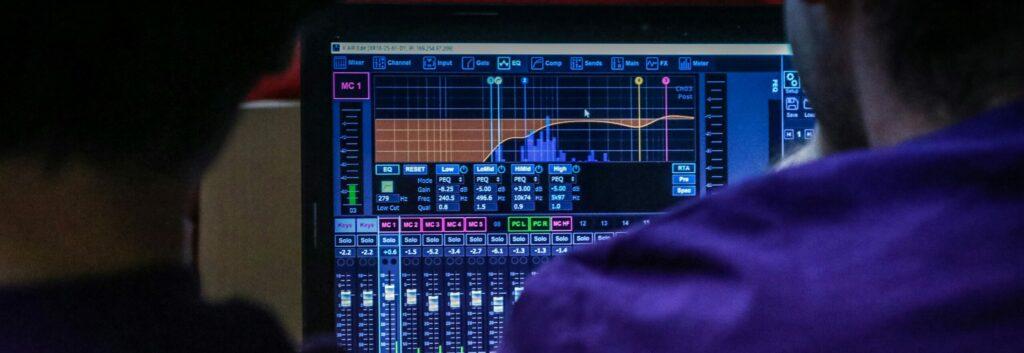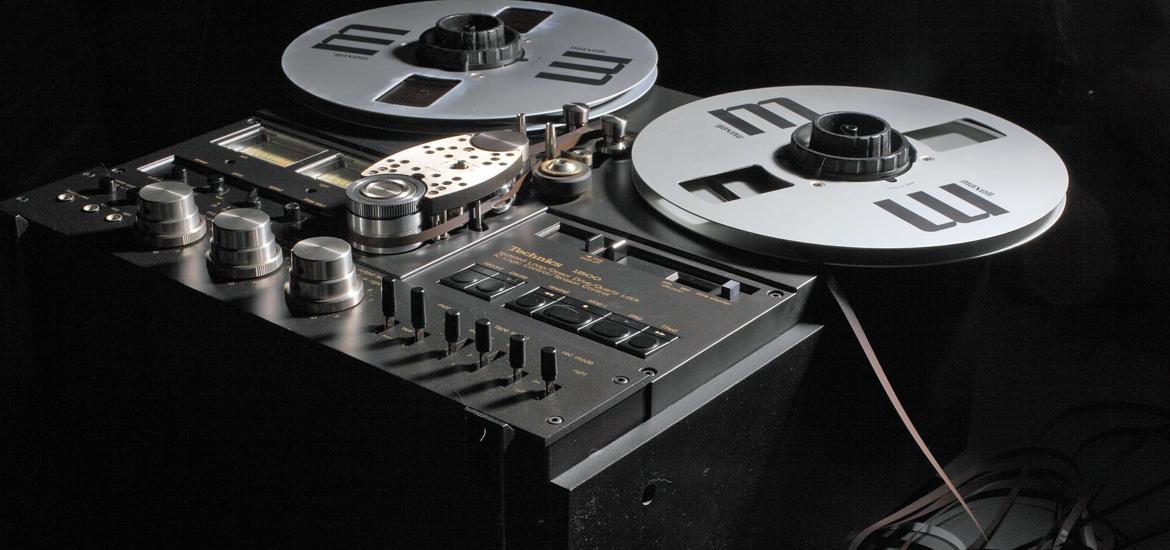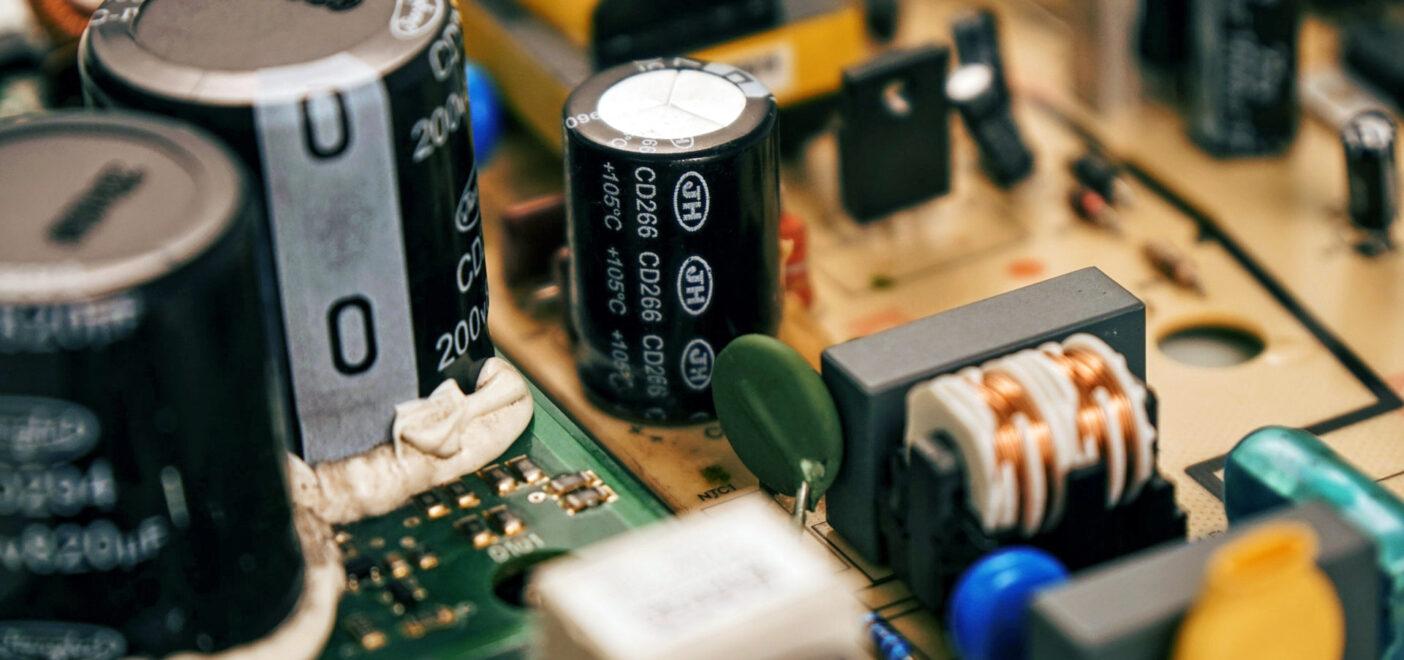Equalization, or EQ, is undoubtedly one of the most challenging aspects of mixing and mastering to master. Even the smallest changes in frequencies can drastically alter the character of a track or an entire song. If you’re not careful with your EQing, you can go beyond the point of no return and find yourself in a precarious position. Still, using EQ in both the mixing and mastering processes is essential. When it comes to mastering, there’s a special kind of EQ that can be particularly useful: linear phase EQ.
Linear Phase EQ vs. Regular EQ
Describing linear phase EQ without getting too technical is somewhat challenging. It helps, however, to first draw a distinction between “regular” EQ and linear phase EQ.
Regular EQ is the tool that alters the frequencies present in any given track. When these frequencies are manipulated, something called “phase shifting” occurs. In the old days of analog EQing, this shifting was an electrical response involving capacitors and inductors. Today’s digital EQ simply mimics this physical alteration. A good way to understand phase shifting is to imagine a simple sine wave.

Regular EQ works by shifting this initial wave a certain amount, then combining this duplicated shifted wave with the original. The result is a change in frequencies. This happens because certain frequencies are being reduced, enhanced, or muted entirely, depending on where these waves collide. For instance, when two identical sine waves are separated by 180 degrees, they cancel each other out (known as destructive interference). Each peak is met with a valley, resulting in almost no sound at all.
What Is Linear Phase EQ, Then, and Why Use It?
Of course, EQing doesn’t mute the sound altogether; it just affects certain frequencies of that sound. By shifting phases, however, the sound can become “smeared” due to a slight delay of frequency ranges. Additionally, overall gain or level often fluctuates with regular EQ due to this phase shifting.
Linear phase EQ, on the other hand, does not involve phase shifting like regular EQ. The sine wave mentioned earlier is never moved left or right. Instead, it remains in place while digital technology handles the EQing. In the simplest terms, this means there is far less smearing when using linear phase EQ.
Why Is Linear Phase EQ Great For Mastering?
When it comes to mixing with EQ, phase shifting isn’t necessarily the worst thing. There will be several tracks to deal with, after all, and each one will likely be sitting at different frequencies. However, the song as a whole might present some phasing problems. Some frequencies might be missing or too pronounced. By using Linear Phase EQ for mastering, you can reduce or remove these phase collision issues while also not introducing them anymore.

Conclusion
Linear phase EQ can be difficult to grasp at a deep level. At the very least, however, it’s good to know that it’s available as a mastering tool. There are many linear phase EQ plugins for Windows and Mac, but keep in mind that they often carry a considerable amount of latency. This is yet another reason to use it when mastering, not when mixing.
About the Author

Ethan Keeley
Writer, Voice Talent, Musician, and Audio EditorEthan Keeley is a musician, voiceover talent, and writer from Rochester, New York. When he's not on tour with his band Unwill he's working on new songs and stories.
Leave a comment
Log in to comment


